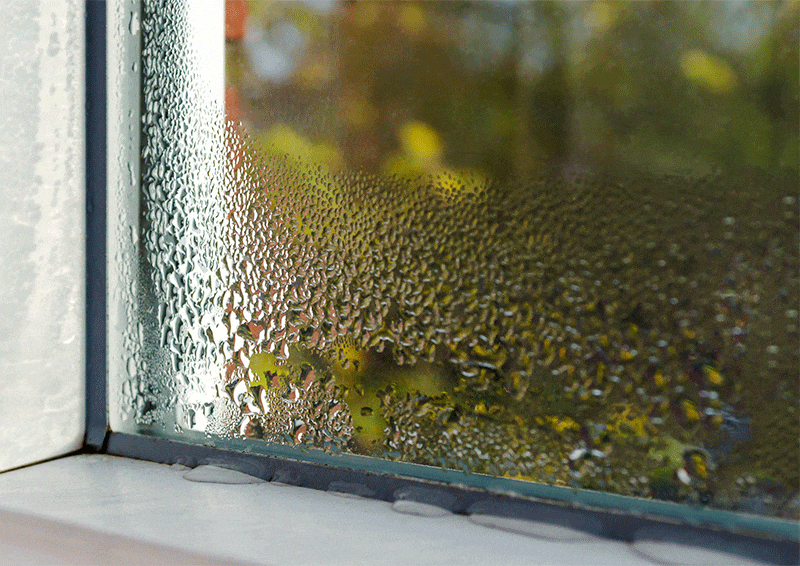Introduction
As the crisp autumn air descends upon us, our homes often face an unexpected adversary: low humidity. This dryness can wreak havoc on our well-being, from irritated skin and scratchy throats to worsened respiratory problems. Fortunately, restoring humidity to healthy levels is not a daunting task. This comprehensive guide will delve into the causes of low humidity, its effects on health and comfort, and effective techniques to bring moisture back into your indoor environment.

Image: hydrobuilder.com
Understanding Low Humidity
Humidity refers to the amount of water vapor present in the air. Ideal relative humidity for home environments falls between 30% and 50%. Below these levels, the air becomes too dry and can lead to a host of problems.
The culprit behind low humidity in homes can often be traced to the winter months when the cold outdoor air holds less moisture. When this dry air infiltrates our homes through windows, doors, or cracks, it absorbs moisture from the indoor environment, leaving us with a parched indoor atmosphere.
Consequences of Low Humidity
Low humidity not only compromises comfort but can also pose risks to our health:
-
Skin and Respiratory Irritation: Dry air robs our skin and respiratory passages of moisture, leading to dryness, itching, and inflammation. Conditions such as eczema and asthma can worsen in low-humidity environments.
-
Reduced Immune Function: Moisture-deprived nasal passages become less effective at trapping and filtering pathogens, increasing our susceptibility to colds, the flu, and infections.
-
Damage to Materials: Low humidity can cause wood to shrink, crack, and warp. Books, artwork, and musical instruments can also be damaged by excessive dryness.
Practical Solutions for Increasing Humidity
Restoring moisture to your home can significantly improve indoor comfort and well-being. Here are some effective strategies:
-
Humidifiers: These appliances release moisture into the air, effectively increasing relative humidity. Choose a humidifier appropriate for the size of your space and follow the manufacturer’s instructions for optimal use.
-
Plants: Plants release moisture as part of their natural transpiration process. Incorporating houseplants into your home décor not only adds aesthetic value but also contributes to humidity levels.
-
Evaporation: Placing open containers of water around your home or using a wet towel on radiators can allow moisture to evaporate into the air. However, avoid creating excessive condensation, which can lead to mold growth.
-
Showering and Cooking: Everyday activities like showering and cooking release moisture into the air. Leaving bathroom doors open after a shower or boiling water on the stove can help disperse humidity.
-
Drying Clothes Indoors: The evaporation from wet clothes can add moisture to the air. Consider hanging laundry indoors during the colder months to boost humidity levels.
-
Sealing Air Leaks: Identifying and sealing air leaks around windows, doors, and other openings prevents cold, dry air from sneaking into your home.

Image: www.theseverngroup.com
How To Fix Low Humidity In House
https://youtube.com/watch?v=fwuP05u3CVg
Expert Insights and Actionable Tips
- “Maintaining a healthy humidity level in your home is crucial for both your physical and mental well-being,” says Dr. Susannah Fox, a renowned pulmonologist. “Low humidity can trigger respiratory problems, exacer